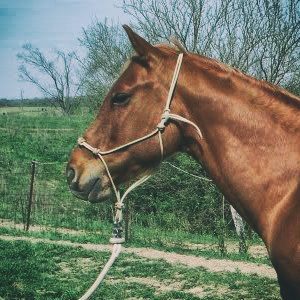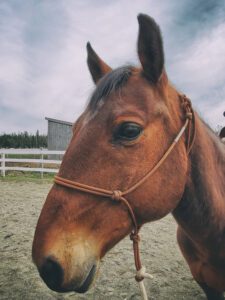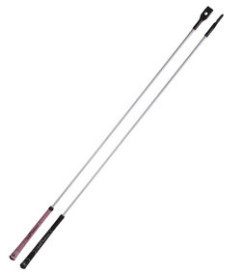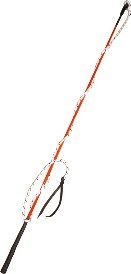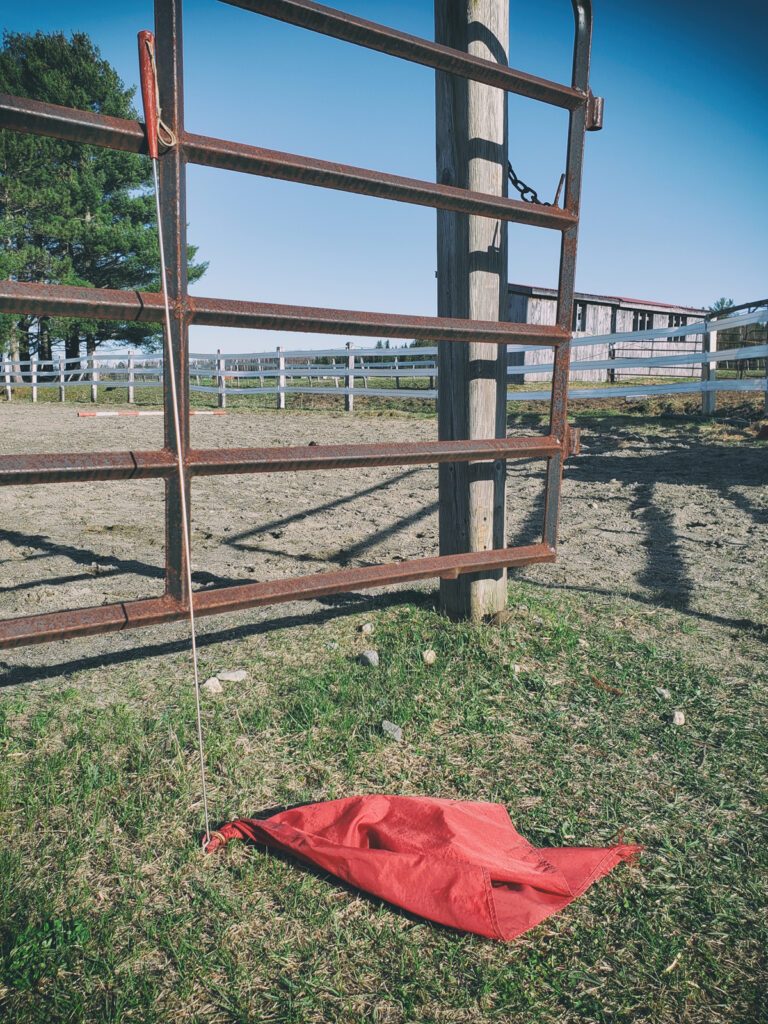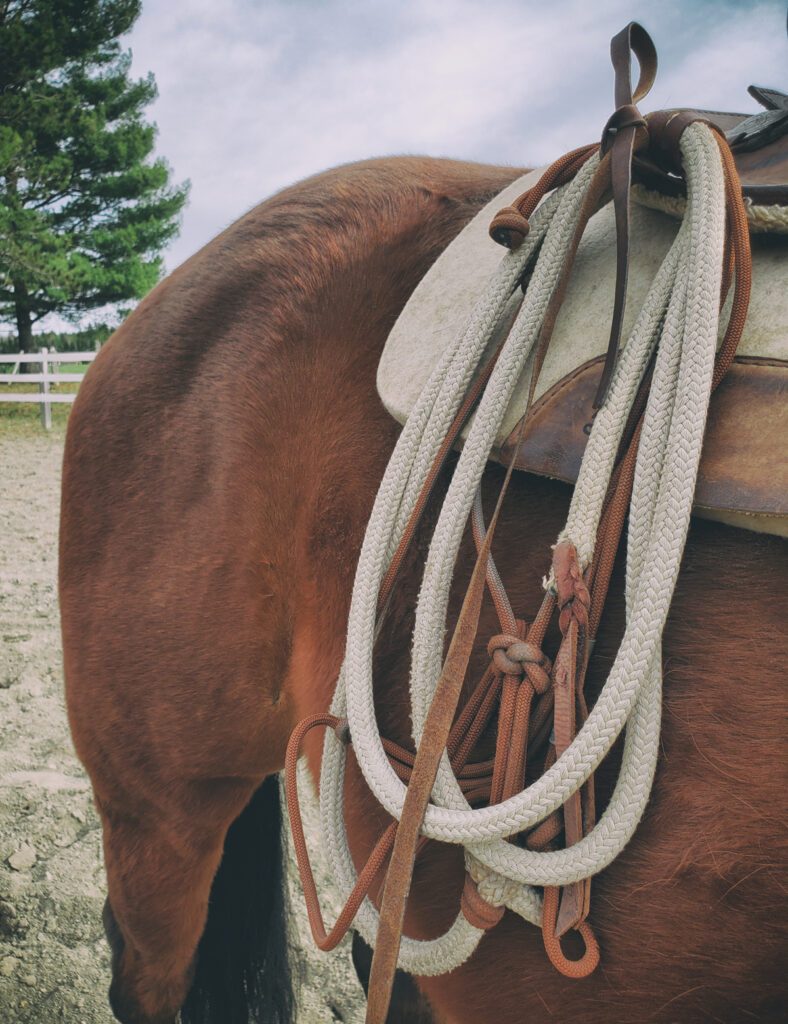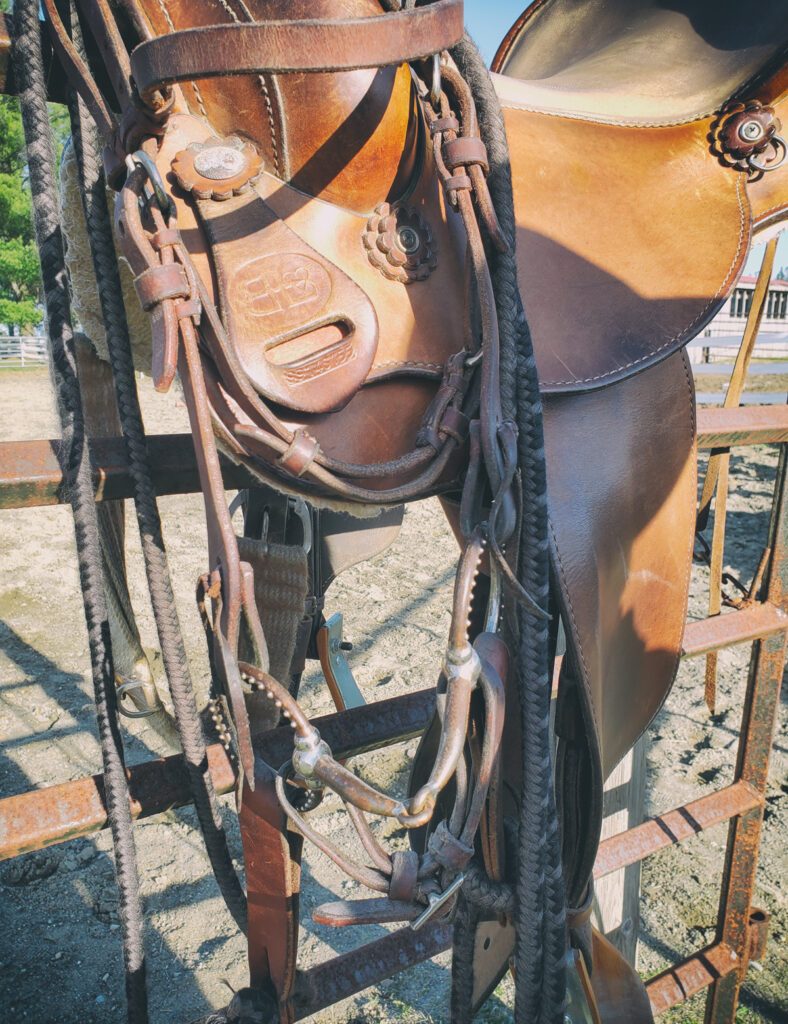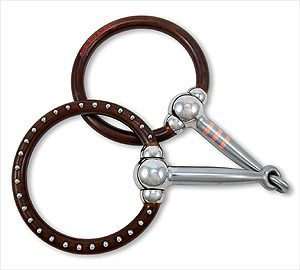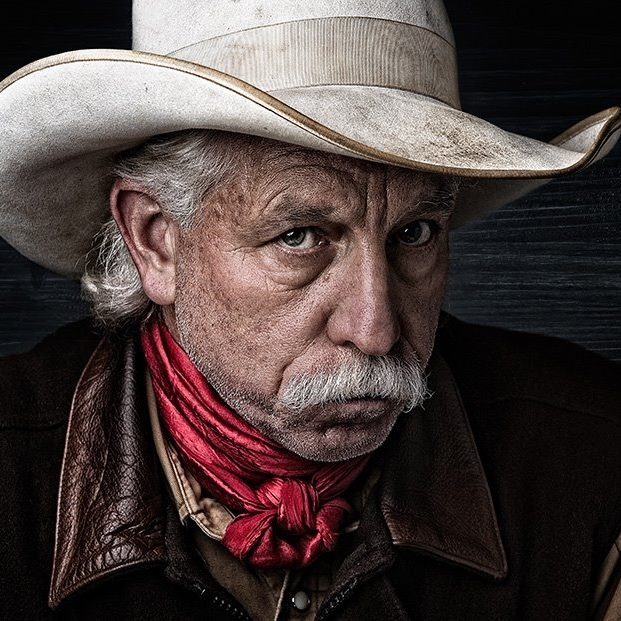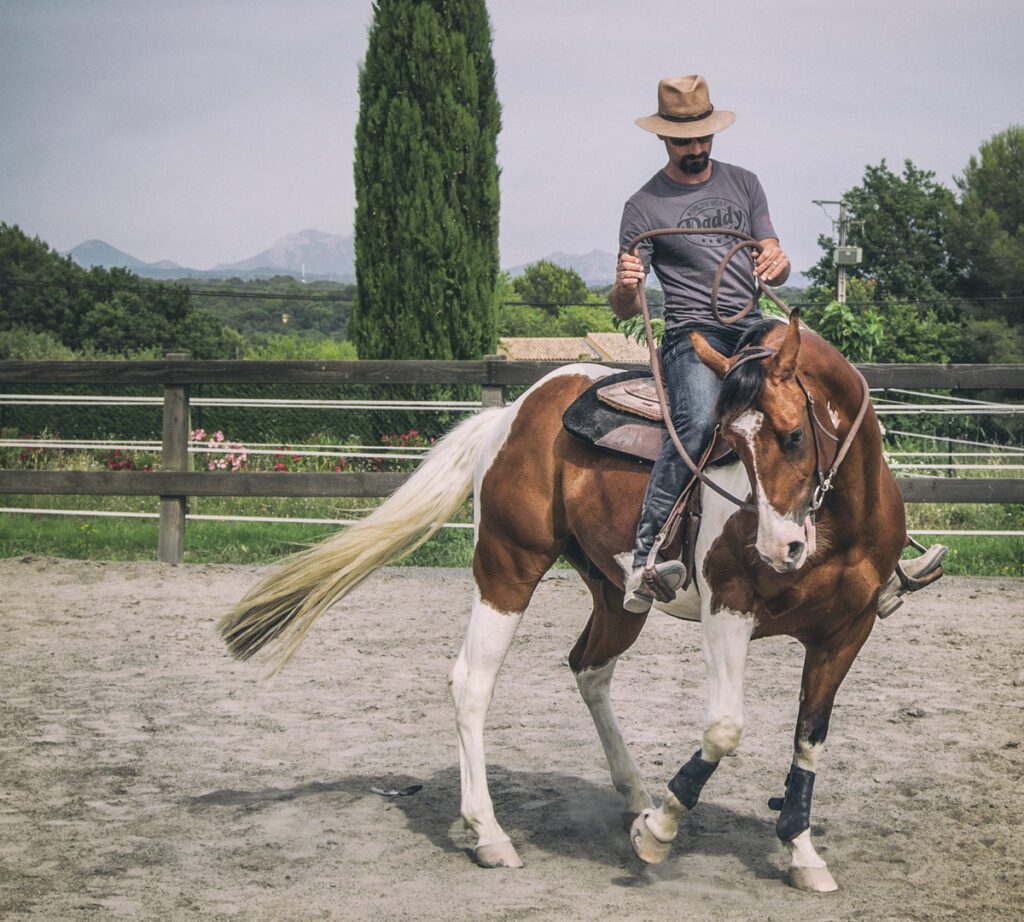I have spent a lot of time searching for information, good resources, tips and advice. I also spent a lot of time testing equipment, methods and ideas.
Of course, I do not have the pretension to know everything and to deliver the truth, simply to share my personal point of view.
My goal is to bring your attention to different topics, so you can eventually evaluate devices yourself, and make the decisions that will better fit your horse and yourself.
